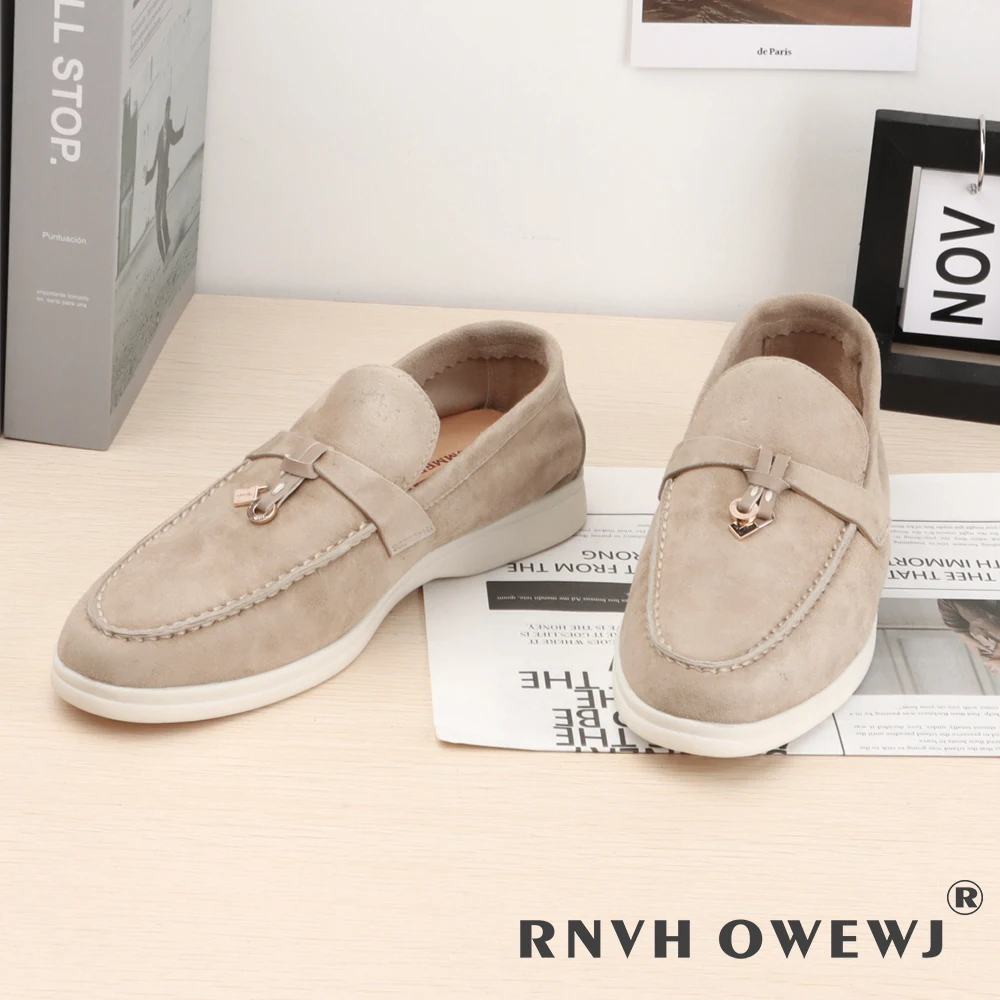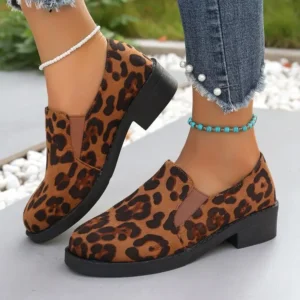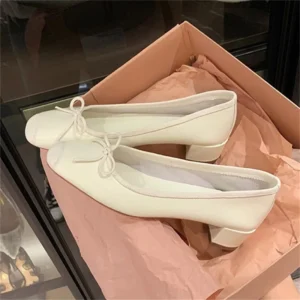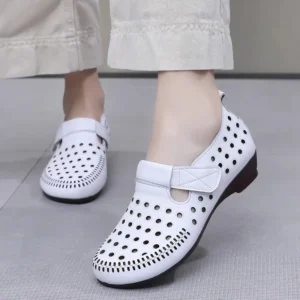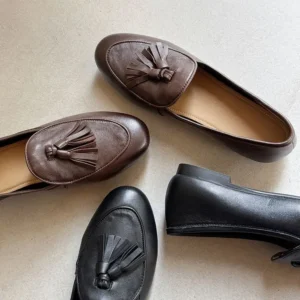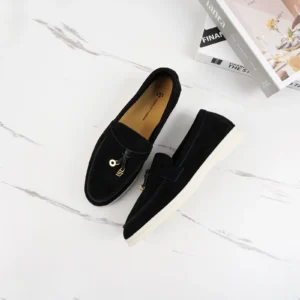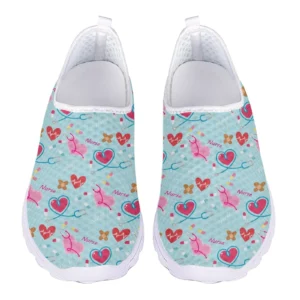How to Identify Quality Walking Loafers That Blend Comfort and Style
Finding walking loafers that perfectly balance style and functionality can transform your daily experiences. The right pair doesn’t just complement your outfit—it supports your feet through hours of walking, helping you avoid common foot problems like:
- Plantar fasciitis (heel pain)
- Blisters and calluses
- Arch strain and fatigue
- General foot discomfort that affects your mood and mobility
Quality walking loafers represent an investment in both your wardrobe and well-being. While regular loafers might look appealing on the shelf, properly designed comfortable walking loafers provide the essential support and cushioning your feet need for extended wear.
In this comprehensive guide, we’ll explore everything from construction details to fit techniques, helping you identify loafers that will carry you comfortably through your busy days while maintaining that polished look you desire.
Understanding what separates truly all-day walking comfort style loafers from basic fashion footwear will empower you to make choices that benefit both your feet and your personal style.
What Makes a True Walking Loafer Different From Regular Loafers
Not all loafers are created equal when it comes to walking comfort. While standard loafers prioritize appearance, true walking loafers incorporate specific design elements that accommodate natural foot movement and provide lasting comfort.
Walking loafers typically feature:
- Enhanced cushioning throughout the footbed, not just at the heel
- More substantial arch support integrated into the design
- Thicker, more durable outsoles with proper tread patterns
- Flexible construction that moves with your foot’s natural gait
- Reinforced heel counters that stabilize the foot
- Padded collars to prevent rubbing and blisters
- Slightly roomier toe boxes allowing for natural toe splay
While traditional fashion loafers might prioritize sleek profiles and minimalist designs, women’s comfortable flat loafers designed for walking strike the perfect balance between aesthetic appeal and practical functionality. They maintain the classic loafer silhouette while incorporating these vital comfort features beneath the surface.
Essential Features for All-Day Walking Comfort
1. The Anatomy of Supportive Soles: Your Foundation for Miles
The sole construction forms the critical foundation of any quality walking loafer, typically consisting of three essential components:
Outsole: The bottom layer that contacts the ground should feature durable rubber with proper tread patterns for stability and grip. Look for flexibility at the ball of the foot where natural bending occurs during walking.
Midsole: This middle layer provides cushioning and shock absorption. Premium walking loafers often incorporate EVA (ethylene vinyl acetate) or polyurethane materials that offer up to 40% more impact protection than basic foam.
Insole: The layer touching your foot should feature memory foam, gel inserts, or contoured support to distribute pressure evenly. Some premium designs incorporate moisture-wicking materials to enhance comfort.
The perfect balance of flexibility and structure allows the shoe to move naturally with your foot while still providing adequate support. Proper maintenance of these components ensures longevity, and understanding how to keep your leather loafers pristine will extend the life of your investment.
2. Perfecting Your Fit: The Five-Point Assessment System
Finding the ideal fit requires attention to five critical areas:
Length: Proper length allows approximately a thumb’s width of space between your longest toe and the shoe’s end. This prevents cramping while avoiding excess movement.
Width: Your foot should sit comfortably within the shoe without side pressure or spilling over the sole. Try the “paper test”—stand on paper and trace your foot to compare with the loafer’s outline.
Heel Security: The heel counter should hold your heel firmly without slipping when walking. Slight initial slippage often resolves as leather loafers conform to your foot.
Depth: Ensure adequate volume through the midfoot and toe box. You should feel gentle contact without pressure points.
Arch Alignment: The shoe’s arch support should correspond with your natural arch position for maximum comfort.
For best results, try on loafers in the afternoon when feet are naturally slightly larger, and wear the socks you’ll typically pair with them. Many round toe flat loafers provide the ideal balance of style and proper toe room for comfortable walking.
3. Material Selection: Balancing Durability and Comfort
The materials used in your walking loafers significantly impact both comfort and longevity:
| Material | Durability | Breathability | Care Requirements | Best For |
|---|---|---|---|---|
| Full-grain leather | Excellent (5-10+ years) | Moderate | Regular conditioning | All-season wear, professional settings |
| Suede | Good (3-5 years) | Good | Waterproofing spray, brushing | Casual settings, dry conditions |
| Nubuck | Very good (4-7 years) | Good | Protective spray, special brush | Versatile wear, slightly more formal than suede |
| Breathable synthetics | Moderate (2-4 years) | Excellent | Simple cleaning | Hot weather, activity-focused wear |
Premium leather flat loafers often represent the best long-term value, as they mold to your feet over time while maintaining structural integrity. Look for quality stitching with even, tight patterns and reinforcement at stress points—indicators of craftsmanship that will withstand regular walking.
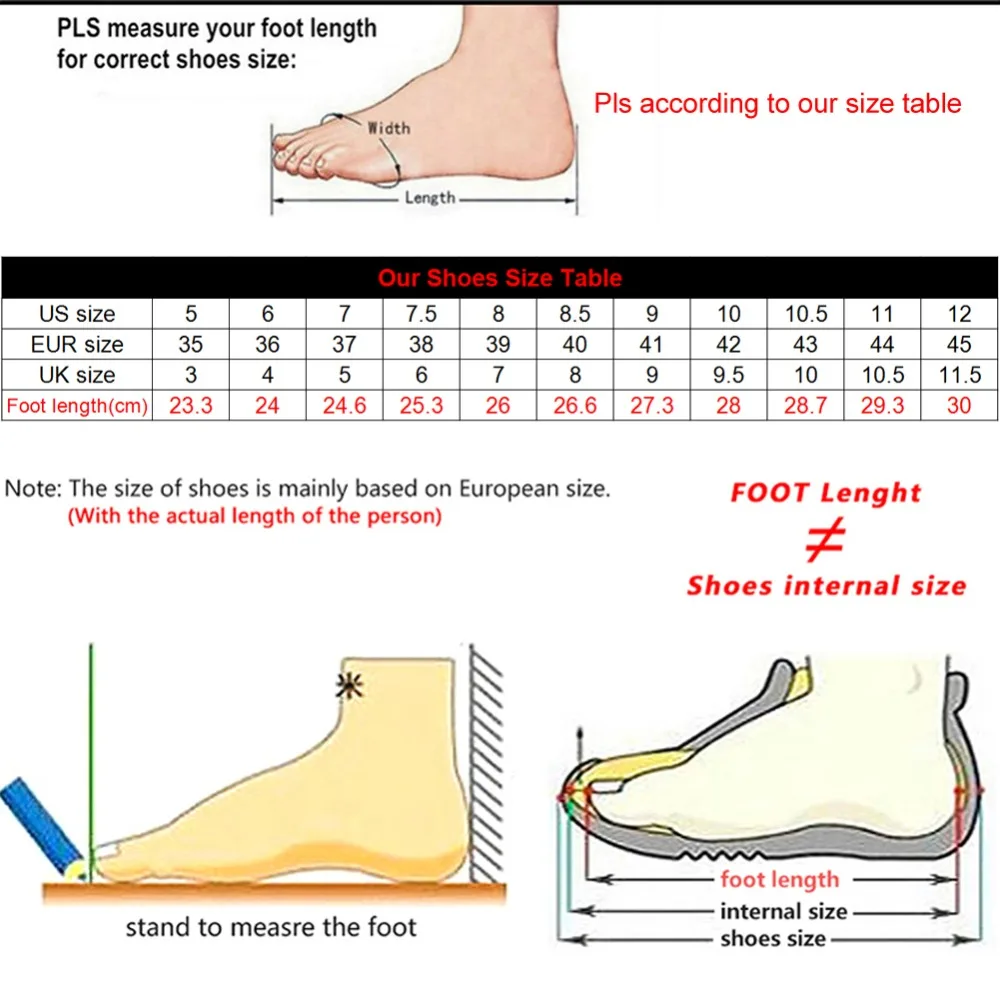
4. Structural Support Features That Prevent Fatigue
Walking for extended periods requires loafers with proper structural support:
Arch Support: The ideal support matches your arch type. High arches need cushioned support, while flat feet benefit from firm stability. Many quality walking loafers offer moderate, versatile arch support suitable for most foot types.
Heel Counter: This reinforced component stabilizes your heel, preventing excess movement that leads to fatigue. Gently squeeze the heel area—it should feel firm but not rigid.
Torsional Stability: Quality walking loafers resist twisting forces when walking on uneven surfaces, providing stability without sacrificing natural foot movement.
These structural elements work together to maintain proper alignment, reducing fatigue and preventing common issues like overpronation (inward foot roll). Finding comfort and foot support in flat loafers often comes down to these hidden but crucial design features.
5. Breathability: The Overlooked Comfort Factor
Proper ventilation within your walking loafers plays a significant role in all-day comfort:
- Feet can release up to a quarter cup of moisture daily, making breathable materials essential
- Well-ventilated loafers can maintain internal temperatures up to 6°F cooler than non-breathable options
- Moisture control directly impacts blister prevention and odor management
- Perforated leather, breathable mesh panels, and moisture-wicking linings significantly enhance comfort
For warmer weather or extended wear, consider suede flat loafers with natural breathability or styles with strategic ventilation features that maintain the classic loafer aesthetic while improving air circulation.
How to Conduct the Ultimate In-Store or At-Home Try-On
To truly assess walking loafers before committing:
- Walk on various surfaces (carpet, tile, and if possible, concrete)
- Stand on your tiptoes to check for pinching or gapping at the heel
- Perform a squatting motion to assess flexibility and expansion room
- Wear the loafers for at least 30 minutes at home before deciding
- Try on shoes later in the day when feet are slightly larger
Pay special attention to any pressure points, as these rarely improve with wear. While minor stiffness in leather loafers will resolve during break-in, any pinching or cramping indicates a poor fit. Learning how to wear loafers without hurting your feet starts with this careful assessment process.
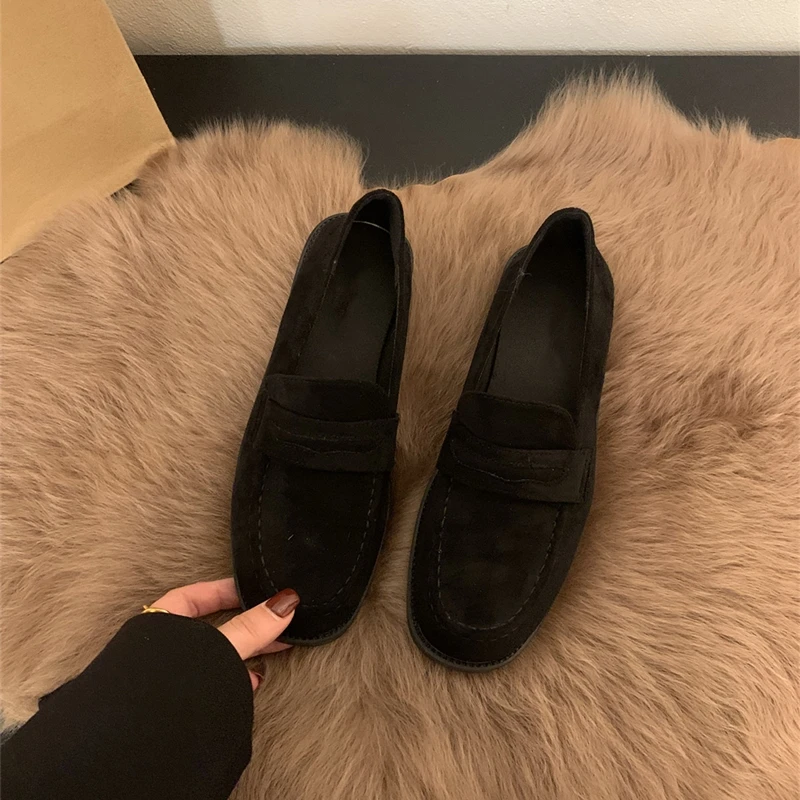
Balancing Aesthetics with Function: Style-Forward Walking Loafers
You don’t need to sacrifice style for comfort. Many contemporary walking loafers seamlessly incorporate comfort features while maintaining elegant profiles:
- Penny loafers with hidden cushioning and flexible construction provide a timeless look with modern comfort
- Tassel designs with slightly wider toe boxes accommodate natural foot movement without appearing bulky
- Subtle color variations like deep burgundy or navy offer versatility while hiding comfort-oriented features
- Slightly chunkier soles can provide superior support while creating a fashionable modern profile
When evaluating stylish options, check that decorative elements don’t create pressure points or restrict natural movement. Classic penny loafers often excel at balancing heritage style with walking-friendly construction.
Breaking In Your Walking Loafers: Strategies for Comfort from Day One
Even the best walking loafers may require a breaking-in period:
- Leather loafers typically need 1-2 weeks of regular wear to conform to your feet
- Synthetic materials generally require less break-in time (3-5 days)
- Begin with 2-3 hours of wear initially, gradually increasing duration
- Use moleskin or bandages on potential hot spots during the breaking-in phase
- Consider leather stretching sprays for specific tight areas, but use sparingly
Remember that while leather will stretch slightly (approximately a quarter size), overall length won’t change significantly. The goal is to gently mold the shoes to your unique foot shape. For specific styles, learning how to make penny loafers more comfortable can expedite this process.
Women's Comfortable Flat Loafers, Women's Leopard Print Loafers, Women's Low Heel Loafers
$82.50 Select options This product has multiple variants. The options may be chosen on the product pageWomen's Block Heel Loafers, Women's Square Heel Loafers, Women's Square Toe Flat Loafers
Price range: $73.61 through $86.41 Select options This product has multiple variants. The options may be chosen on the product pageWomen's Comfortable Flat Loafers, Women's Leather Flat Loafers, Women's Round Toe Flat Loafers
$124.88 Select options This product has multiple variants. The options may be chosen on the product pageWomen's Black Flat Loafers, Women's Black Penny Loafers, Women's Classic Tassel Loafers
$194.28 Select options This product has multiple variants. The options may be chosen on the product pageWomen's Loafer Mules, Women's Suede Flat Loafers
$190.23 Select options This product has multiple variants. The options may be chosen on the product pageWomen's Classic Driving Loafers, Women's Classic Penny Loafers, Women's Comfortable Flat Loafers
$75.28 Select options This product has multiple variants. The options may be chosen on the product page
Your Essential Walking Loafer Questions Answered
How can I tell if loafers have adequate support for walking?
Look for visible cushioning, a structured heel counter, and slight arch contouring in the footbed. Quality walking loafers often feel slightly more substantial than fashion-only versions.
Can I use custom orthotics with walking loafers?
Many walking loafers accommodate thin orthotics, especially those with removable insoles. Look for styles with slightly deeper heel cups and adequate volume to maintain proper fit with an orthotic inserted.
How flexible should walking loafers be?
The ideal walking loafer flexes primarily at the ball of the foot (where your toes bend) while maintaining stability through the midfoot. You should be able to bend the sole slightly with moderate pressure—too rigid or too floppy indicates poor walking functionality.
How do I know if loafers are too tight or too loose?
Proper fit allows your toes to wiggle slightly while keeping your heel secure when walking. Your foot should neither slide forward significantly nor feel compressed from any direction.
What’s the best traction pattern for walking loafers?
Look for outsoles with multidirectional patterns that provide grip on various surfaces without being overly aggressive in appearance. The most comfortable loafers for walking all day balance elegant aesthetics with practical grip patterns.
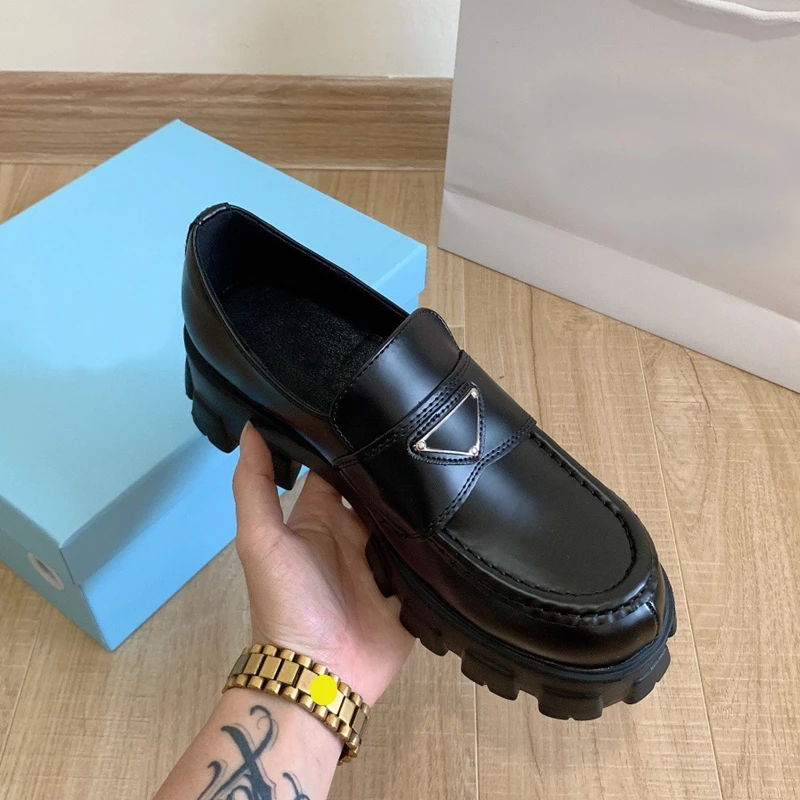
While comfort is paramount, many people appreciate finding classic leather loafers that serve as a timeless essential in their wardrobe, combining heritage styling with modern comfort technology.
Maximizing Longevity: Care Routines for Different Loafer Materials
Proper maintenance significantly extends the life of your walking loafers:
For Leather:
* Clean with a damp cloth and mild soap when needed
* Apply leather conditioner every 15-20 wears
* Use shoe trees to maintain shape when not worn
* Allow 24 hours between wears to dry completely
For Suede:
* Brush regularly with a suede brush
* Apply waterproofing spray before first wear and seasonally
* Address stains immediately with a specialized suede eraser
* Store with shoe shapers to maintain structure
For Synthetic Materials:
* Clean with mild soap and water
* Dry naturally away from direct heat
* Use odor-controlling sprays or inserts as needed
High-quality classic flat loafers from respected manufacturers are designed to last for years with proper care, making them a wise investment for your wardrobe and foot health.
Making Your Final Decision: A Quality-First Approach
When finalizing your walking loafer selection, prioritize in this order:
- Proper fit that accommodates your unique foot shape
- Adequate support features for your planned usage
- Quality materials appropriate for your environment
- Style that complements your wardrobe needs
Remember that truly comfortable walking loafers actually save money over time—a $150 pair that lasts three years and remains comfortable costs less per wear than three $50 pairs that cause discomfort or wear out quickly.
At Artisan Haul, we believe that investing in quality walking loafers pays dividends in comfort, confidence, and long-term satisfaction. Your feet carry you through life’s journey—they deserve footwear that supports them properly while expressing your personal style.

